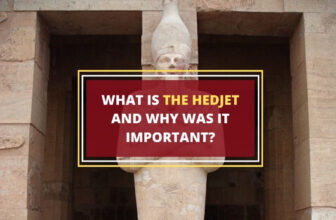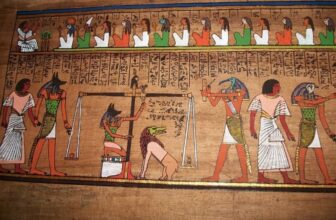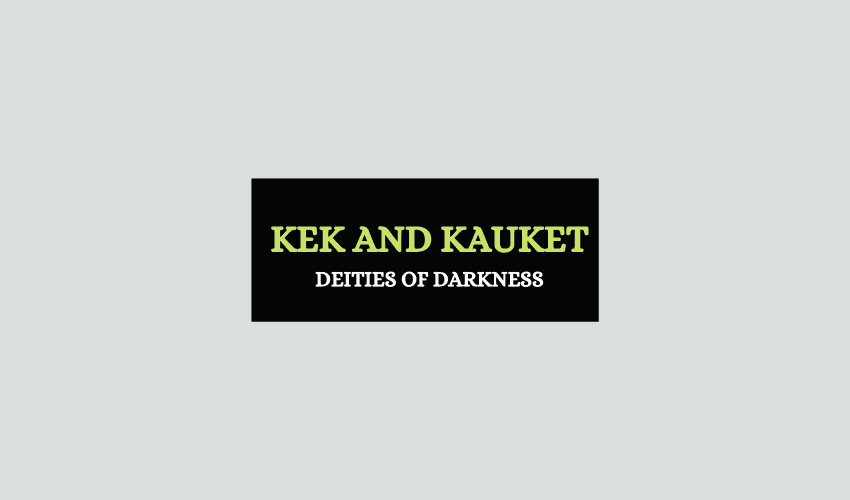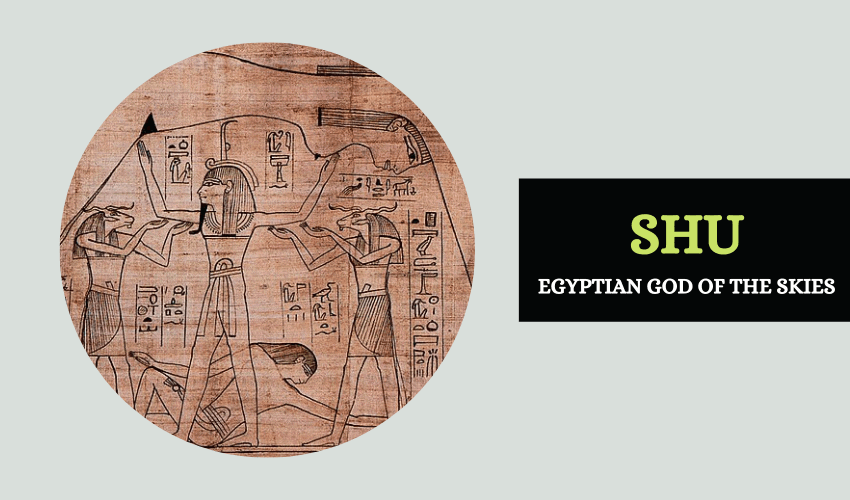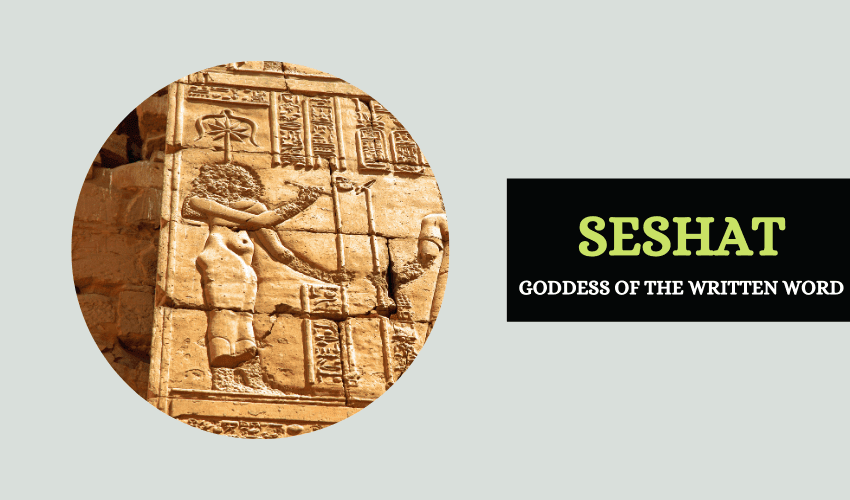
Table of Contents
In Egyptian mythology, Seshat (also known as Seshet and Sefkhet-Abwy) was known as the goddess of the written word. Seshat was also a patron of writing in all its forms including auditing, accounting and most tasks to do with letters and numbers.
Who Was Seshat?
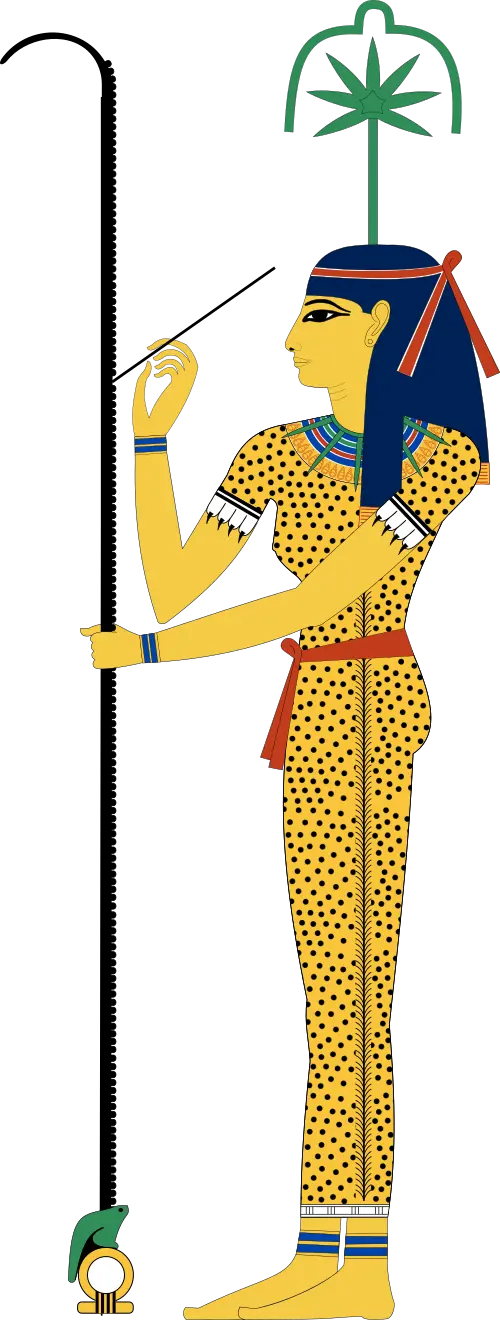
According to the myth, Seshat was the daughter of Thoth (but in other accounts, she was his consort) and Maat, the personification of cosmic order, truth and justice. Thoth was the god of wisdom and Seshat is often viewed as his feminine counterpart. When translated, the name ‘Seshat’ means ‘female scribe’.
Seshat is the only female Egyptian deity who has been portrayed with a stylus in her hand and depicted writing. While there were several other female characters depicted with a palette and a brush in their hands, giving the idea that they were capable of writing, none were shown in the act.
Depictions of Seshat
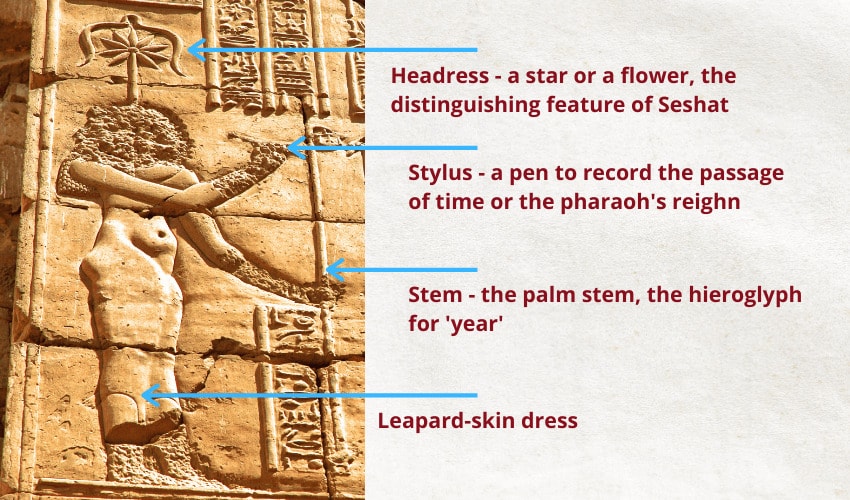
In art, Seshat is often depicted as a young woman dressed in a leopard skin, which was an ancient form of dress worn by funerary priests, with a headdress consisting of a star or a flower above her head. While the symbolism of the seven-pointed star remains unknown, Seshat’s name ‘Sefkhet-Abwy’ which means ‘seven-horned’, derived from it. As with most Egyptian goddesses, Seshat is identified by her unique headdress.
Seshat is often shown with a palm stem in her hand with notches along it giving the idea of recording the passage of time. Oftentimes, she would be portrayed as bringing palm branches to the pharaoh, as it meant that, symbolically, she was gifting him ‘many years’ to reign. She is also portrayed with other items, mostly tools of measurement, such as knotted cords for surveying structures and land.
Seshat’s Role in Egyptian Mythology
To the Egyptians, writing was considered a sacred art. In this light, the goddess Seshat held great signficance and was revered for her wisdom and capabilities.
- Patron of Libraries
As the goddess of the written word, Seshat took care of the library of the gods, and so became known as the ‘Mistress of the House of Books’. In general, she was seen as the patron of libraries. According to some sources, she invented the art of writing but her husband (or father) Thoth was the one who taught the people of Egypt to write. Seshat was also associated with architecture, astrology, astronomy, mathematics and accounting.
- Pharaoh’s Scribe
It’s said that Seshat assisted the pharaoh by playing the role of both scribe and measurer. Seshat’s many responsibilities included documenting daily events, the spoils of war (which were either animals or captives) and keeping track of tribute paid to the king in the New Kingdom and tribute owned. She also kept a record of the king’s allotted life span, writing his name on a different leaf of a Persea tree each year.
- Foremost of Builders
In the Pyramid Texts, Seshat was given the epithet ‘Lady of the House’ and she was given the title ‘Seshat, Foremost of Builders’. She was involved in rituals related to construction, such as the ‘stretching the cord’ ritual known as the ‘pedj shes’. It involved measuring out the dimensions when constructing a new building (which was usually a temple) and laying out its foundations. After the temple was built, she was responsible for all the written works produced in the temple.
- Assisting the Dead
Seshat also had a role helping Nephthys, the goddess of the air, assisting the deceased and preparing them for their judgment by the god of the dead, Osiris, in the Duat. In this way, she helped the souls who had just arrived in the underworld to recognize and understand the spells contained in the Egyptian Book of the Dead so that they could succeed on their journey into the afterlife.
Worship of Seshat
Seshat seemed not to have any temples specifically dedicated to her and no documentary evidence has been found that such temples ever existed. She also never had a cult or female worship. However, some sources say that statues of her were placed in several temples and that she did have her own priests. It seems that as the importance of her husband Thoth gradually increased, he had taken over and absorbed her priesthood and her roles.
Symbols of Seshat
Seshat’s symbols include:
- Leopard skin – Leopard skin was symbolic of her power over danger and the protection she provided from it, since leopards were a feared predator. It was also an exotic kind of pelt, and was associated with the foreign land of Nubia, where leopards dwelt.
- Tablet and stylus – These represent Seshat’s role as the record keeper of time and a divine scribe.
- Star – Seshat’s unique symbol featuring a crescent like shape with a star or flower atop it resembles a bow (another symbol for Nubia, sometimes called ‘the land of the bow’), and may have symbolized precision and dexterity when looking at it in relation to archery. It could also be interpreted as a symbol of light similar to halos of saints.
In Brief
When compared with the other deities of the Egyptian pantheon, Seshat is not very well known in the modern world. However, she was one of the most widely recognized and important goddesses of her time.




